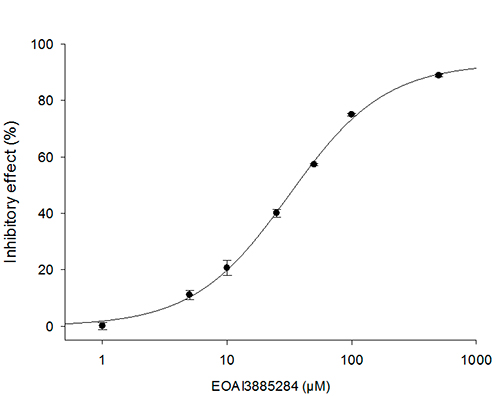hNaDC1 (SLC13A2)
➦ Human NaDC1 (sodium dicarboxylate cotransporter 1) is mainly expressed at the apical membrane of kidney proximal tubule cells. NaDC1 is an electrogenic uptake transporter translocate as a symporter three sodium ions with a one divalent dicarboxylate. It has specificity for all major renal dicarboxylate ions, including citrate, 2-oxoglutarate, and succinate. Although citrate appears pH dependent as tricarboxylate (citrate3−) or as dicarboxylate (citrate2−) at acidic primary urine, only the dicarboxylate form of citrate is transported by NaDC1. On the apical membrane of intestinal and proximal tubule cells NaDC-1 plays an impotent physiological role in the absorption of Krebs cycle intermedia in the intestine and reabsorption for the primary urine. Impaired renal reabsorption of citrate induces the formation of kidney stones by citrate calcium complex. Drug mediated reduction of NaDC1 function in the kidney may have huge impact on the reabsorption of tricarboxylic acid cycle intermediate and leads to higher citrate secretion and nephrolithiasis.
| Main localization: | Kidney, intestine |
| Transporter assay: | Uptake transporter assay (potential substrates and inhibitors) |
| Probe substrates: | Succinate |
| Probe inhibitors: | Fumarat, EOAI3885284 |
| Regulatory relevance: | − |
➦ Concentration dependent inhibition of hNaDC1-mediated succinate uptake by the probe inhibitor EOAI3885284


